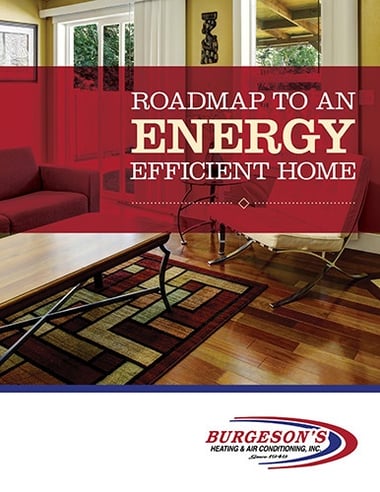In recent years, there’s been a growing concern over the quality of California tap water. You’re not alone if you’re wondering: Is it safe to drink the water here?
Unfortunately, the answer to this question isn’t a simple “yes” or “no.” Water quality in California varies by region and by supplier, which makes it difficult to give an accurate answer that generally applies to the whole state.
Whether or not the water in your home is safe to drink depends on two factors:
- The quality of the water supplied by your public water system
- The condition and material of your home’s piping
We’ll explain both of those factors in more detail below to help you determine if your water is safe to drink.
___________________________________________________________
Want to improve the quality of your tap water? We offer maintenance-free water conditioners that can purify your drinking water.
__________________________________________________________
Factor #1: The water system that supplies your home’s drinking water
In California, there are approximately 8,000 public water systems that deliver potable (drinking) water to communities and businesses. As you can imagine with that large number of suppliers, the quality of water varies a great deal throughout the state. The water suppliers with the worst water quality are primarily located in low-income and rural communities, which lack the funding necessary to provide consistently clean drinking water.
Per federal and state laws, water suppliers must regularly test their water to find potential health risks. The tests are designed to find two broad types of contaminants:
- Contaminants that cause immediate health problems, including giardia and E. coli.
- Contaminants that cause long-term health problems, such as lead, arsenic and uranium, which can lead to life-threatening diseases like cancer.
To see if your water supplier is compliant with California contaminant requirements, you can use this online map created by the California Water Resources Control Board. Just search for your address or the name of your water supplier.
Another way to see if your water supplier is compliant with established water quality standards is to obtain a Consumer Confidence Report (CCR). A CCR will list what contaminants are in the water supplied by your water provider, and in what concentrations.
You can find the CCR for your water supplier on the Environmental Protection Agency CCR search portal.
Factor #2: The condition and material of your home’s piping
While federal and state water reports will tell you the quality of the water from the supplier, these findings do not take into account your home’s piping, which also affects contaminant levels in your tap water.
For example, certain kinds of pipes, fittings and solder may contain trace amounts of contaminants (such as lead) from the manufacturing process. When these pipe components corrode, the contaminants can mix into the water that travels through the pipes, thereby contaminating the water that comes out of your faucets.
If you want to know exactly what contaminants are in your home’s water, you should consider a water quality test. A water quality test involves sending a sample of your home’s water to a state-certified laboratory. The results of this test will tell you exactly which contaminants are present in your home’s drinking water.
A water quality expert can help you compare your water quality test results with the CCR from your water supplier to determine where contaminants are coming from. Then, they can recommend solutions to purify your home’s water.
Concerned about your home’s water quality? Consider a water conditioner
A water conditioner is a purification device that chemically neutralizes and/or physically removes contaminants found in your home’s water.
A water conditioner is different from a water softener, which uses a process called ion exchange to reduce scale buildup caused by hard water. Water softeners are strictly regulated in California because they release chloride into waterways, which can kill or harm aquatic life.
Besides the fact they are more environmentally friendly than water softeners, water conditioners can also address biological contaminants in the water (in addition to scale buildup), which makes them the preferred water purifier for California homes.
You can purchase two types of water conditioners:
- A point-of-use system: A point-of-use water conditioner is installed at a single “point” (i.e., faucet) in your home. The system is designed to only purify the water of a single faucet.
- A whole-home system: A whole-home water conditioner is installed at the main water line, and is designed to purify all of the water that enters your home. It can also have the added benefit of protecting your entire fresh water plumbing system. Because whole-home systems are more robust and provide comprehensive purification, they are more expensive than point-of-use systems.
A water quality expert can help you choose the right water conditioner for your home based on the chemical levels shown in your water quality test results and your tap water needs.
Note: We install the maintenance-free water filtration system, which can help to remove heavy metals (such as lead), pesticides and other contaminants from your drinking water.
Ready for healthier tap water?
Our water quality experts can help you choose the right water conditioner for your home and budget.
When you work with Burgeson’s, you can count on upfront prices and honest recommendations. Our respectful and experienced team of plumbers have helped countless homeowners in Southern California with their plumbing and water quality needs.













